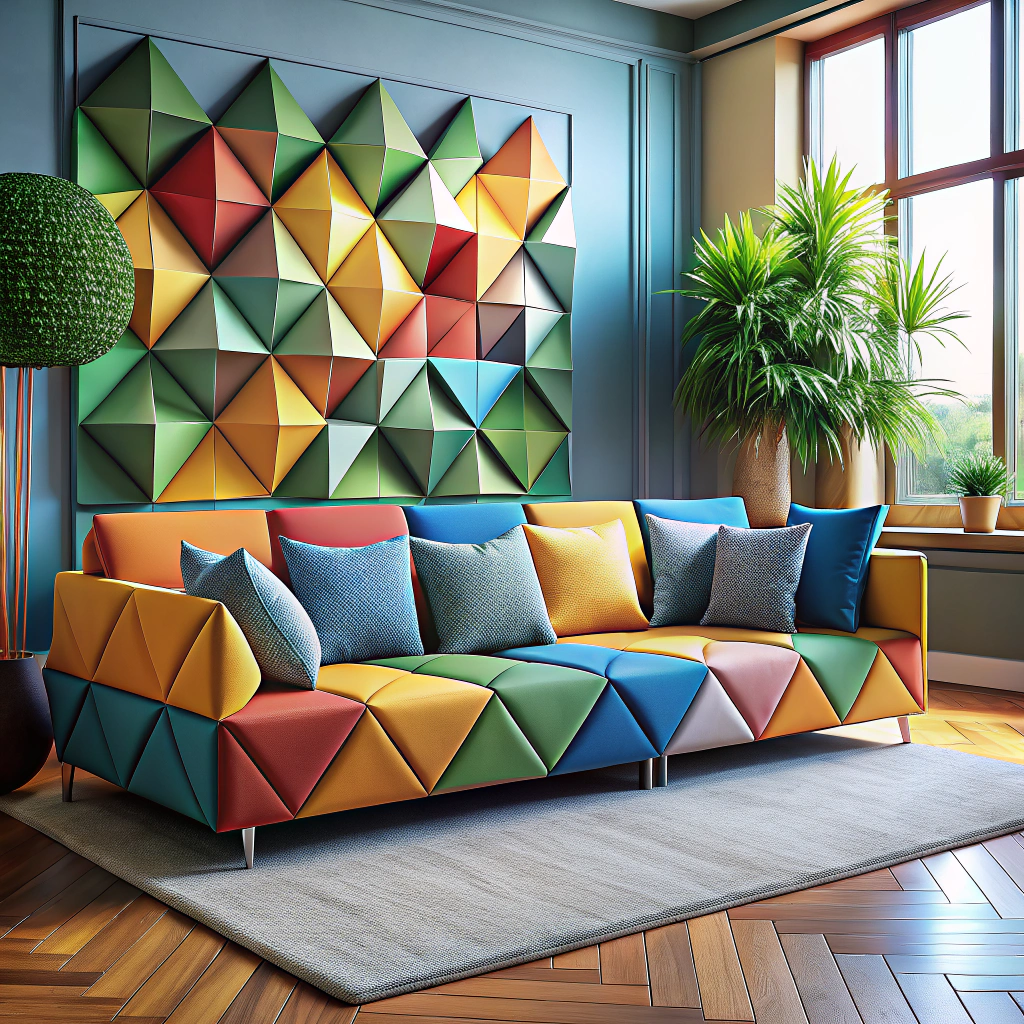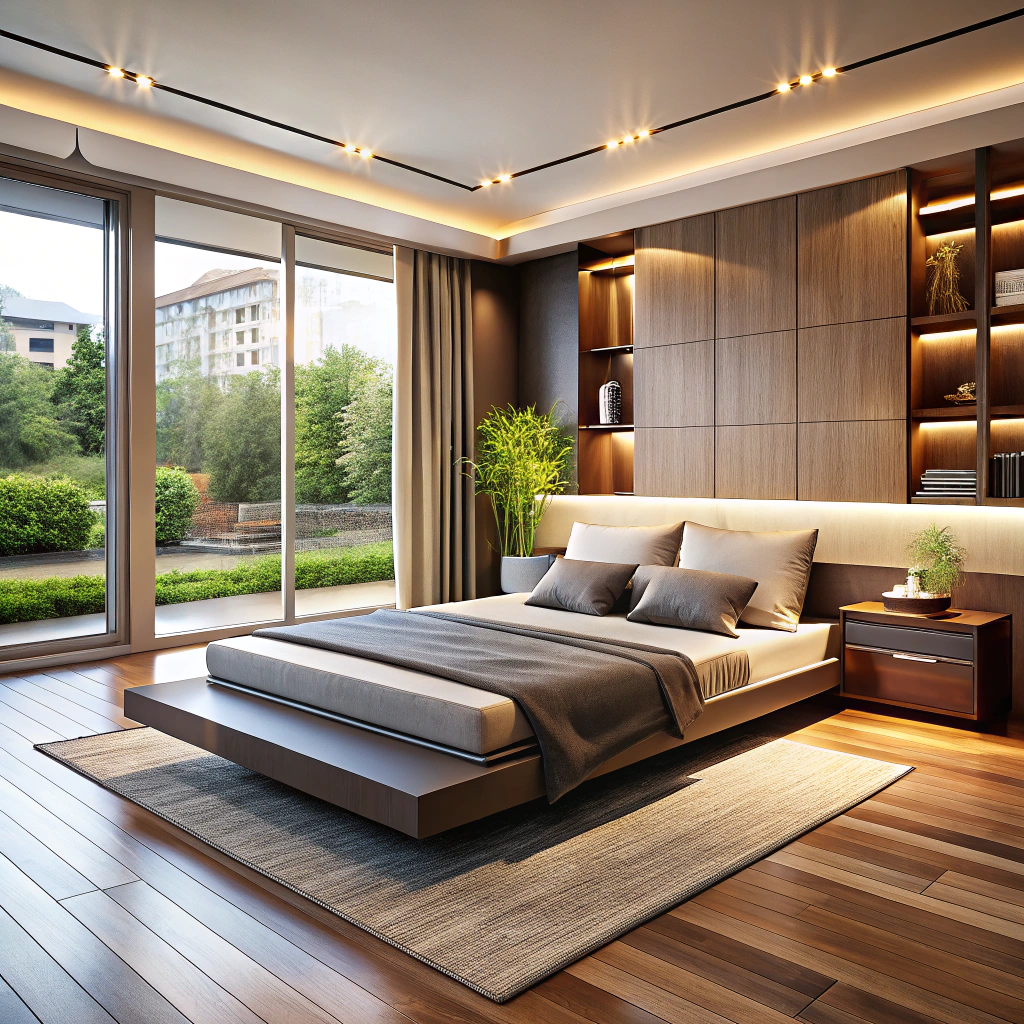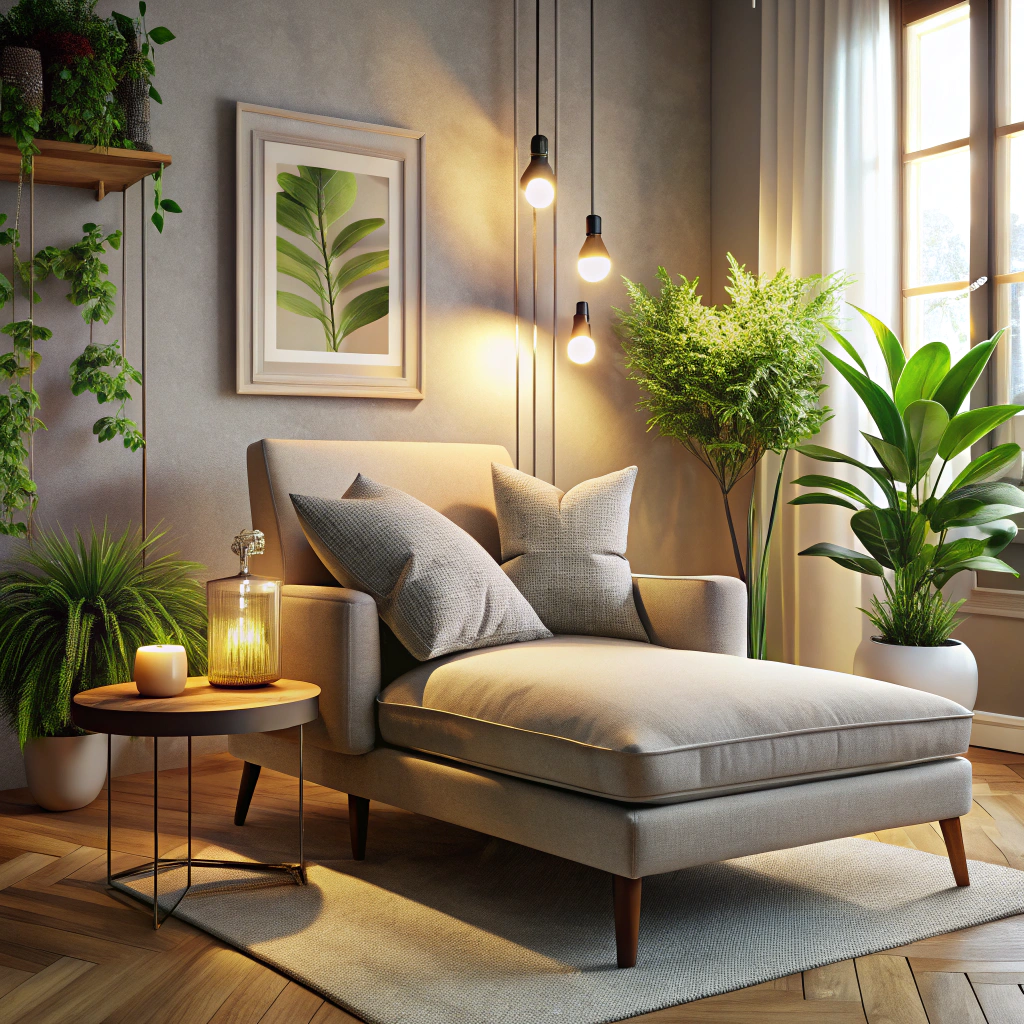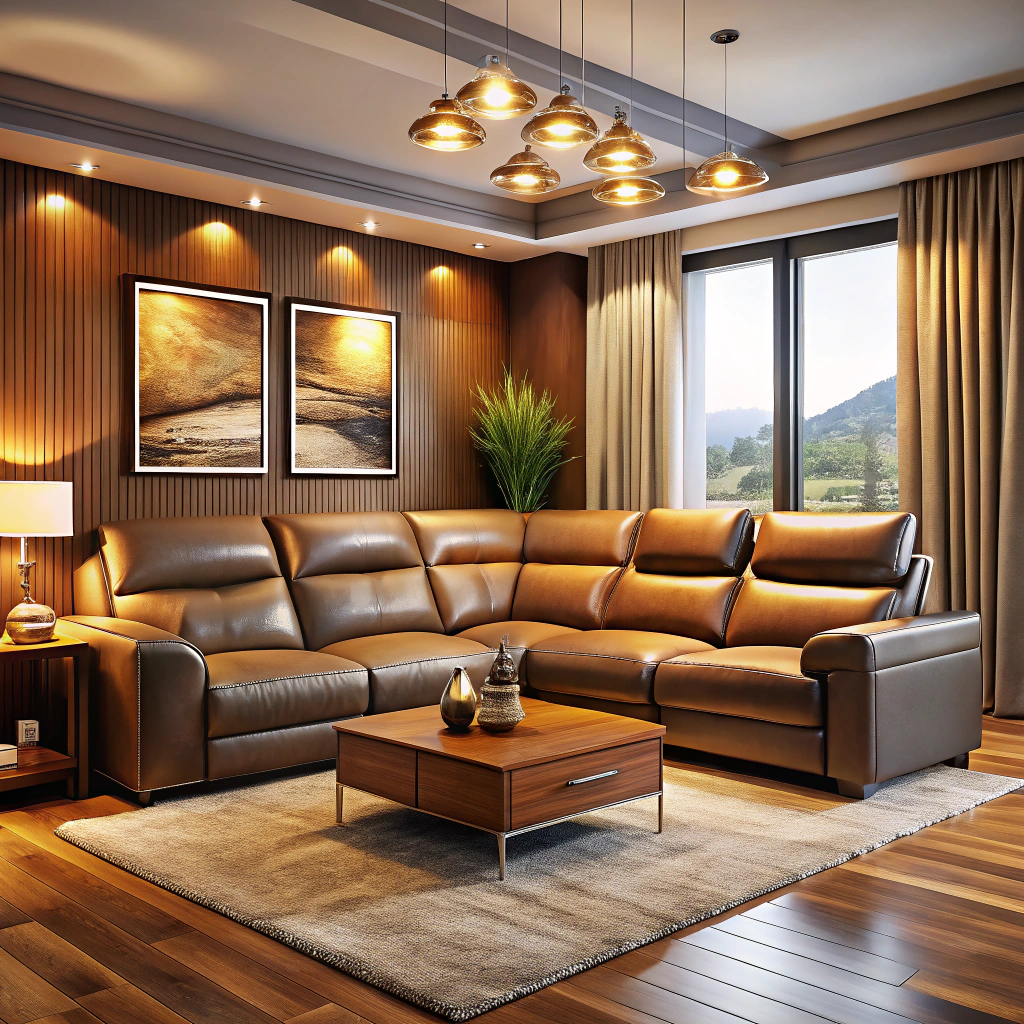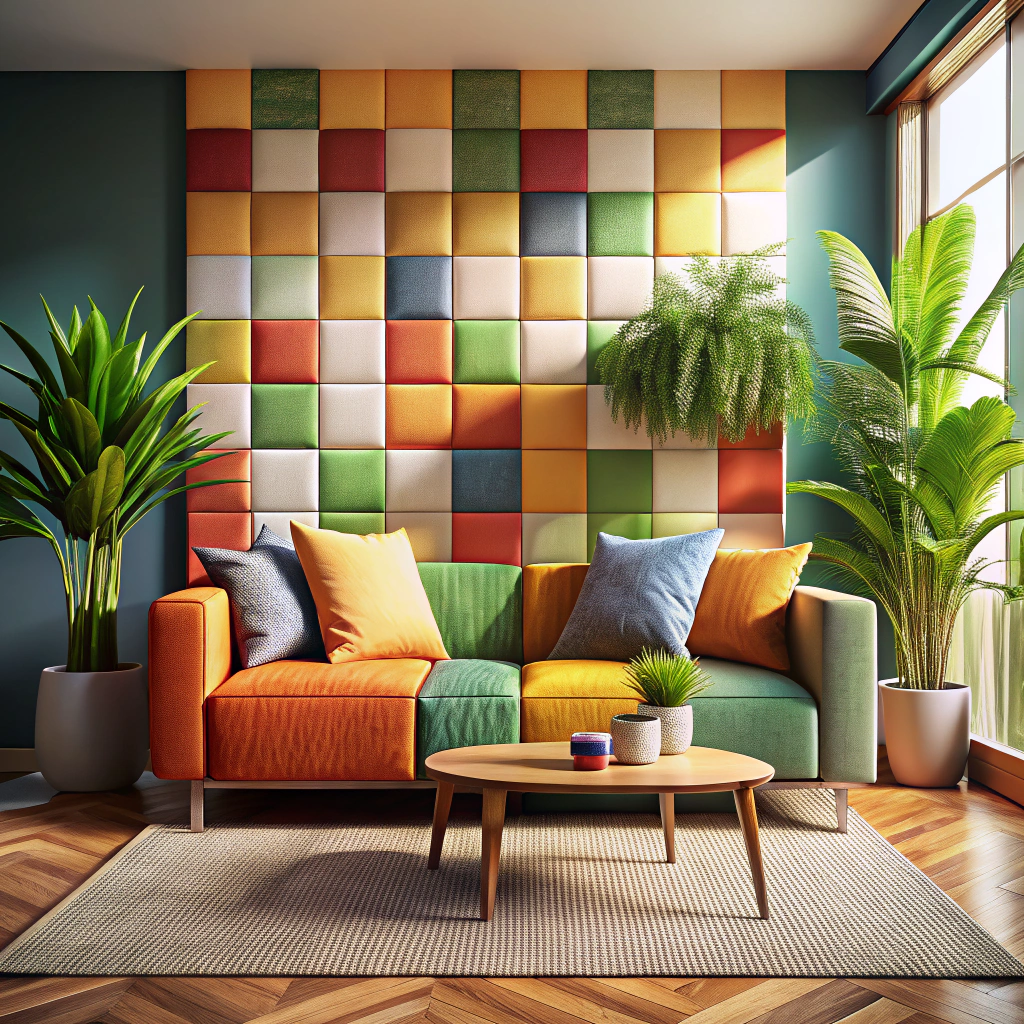Last updated on
Discover the variety of materials and designs you can use for furniture legs. Elevate your home’s aesthetic and functionality.
Are you tired of the same old boring furniture legs? Do you want to add a touch of personality and style to your home decor?
Look no further! In this article, we’ll explore the various options for furniture legs, from classic wooden ones to trendy metal designs. Not only will we discuss their aesthetic appeal, but also their functionality and durability.
So, whether you’re looking to upgrade your current furniture or starting from scratch, read on for some inspiration and guidance on what to use for furniture legs.
Key takeaways:
- Choose from straight, tapered, curved, or turned furniture legs.
- Materials include wood, metal, acrylic, bamboo, and recycled plastic.
- DIY leg ideas: repurposed materials, paint, fabric wrapping, unique shapes.
- Installation tips: measure twice, use appropriate hardware, pre-drill, check for levelness, add protective pads.
- Invest in protective accessories like felt pads, leg caps, and plastic leg tips.
Table of Contents
Types of Furniture Legs
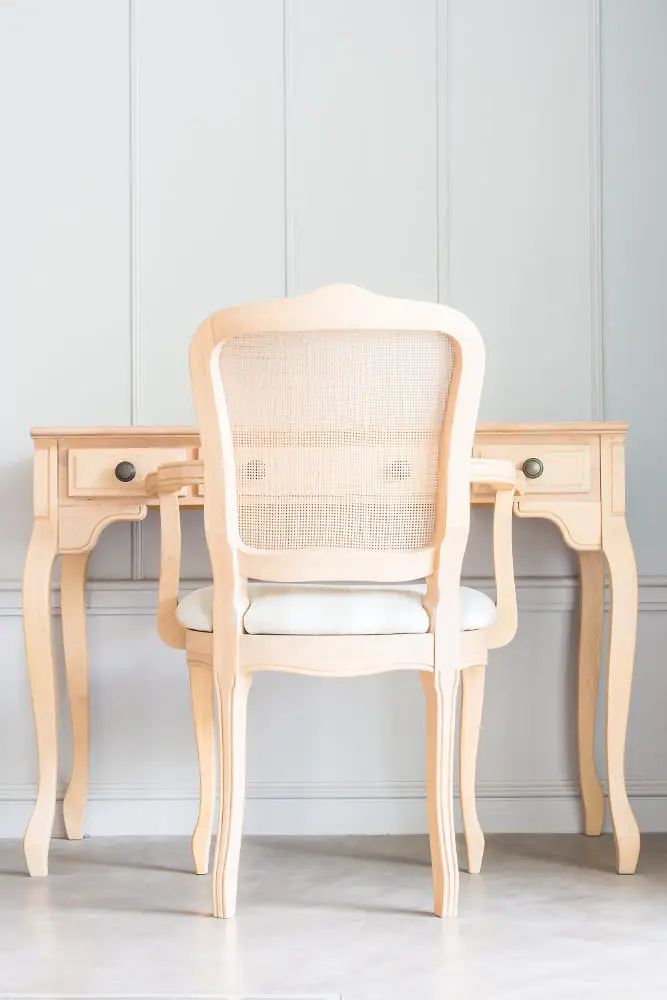
When it comes to furniture legs, there are several types to choose from. The most common ones include straight, tapered, and curved legs.
Straight legs offer a classic look that works well with traditional or modern decor styles. Tapered legs have a wider top that gradually narrows towards the bottom for a sleeker appearance and can be used in mid-century modern designs.
Curved or cabriole-style legs feature an elegant S-shaped curve and work best with more ornate furniture pieces.
Another type of leg is the turned leg which has intricate details carved into its surface for added visual interest while still maintaining its functionality as support for your furniture piece.
Material Options
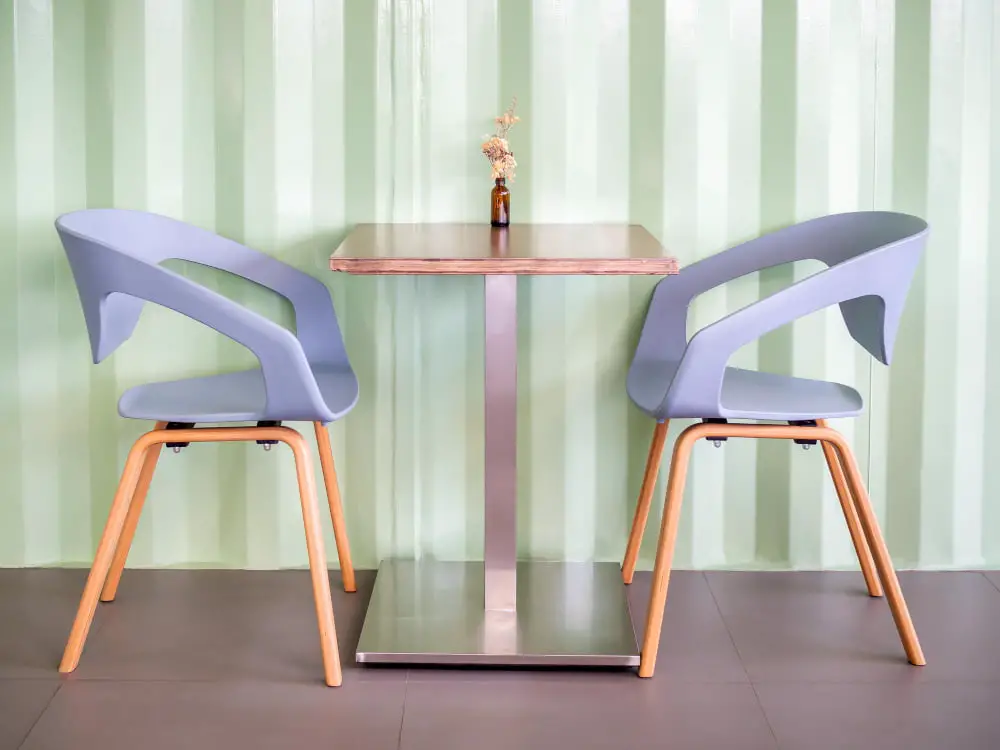
Each material has its own unique look and feel that can complement your home decor in different ways. Wooden legs are a classic choice that adds warmth and texture to any room.
Metal legs, on the other hand, offer a sleek and modern touch while also being durable.
If you’re looking for something more unconventional, acrylic or lucite legs can add an unexpected element of glamour to your furniture pieces. For those who prefer eco-friendly options, bamboo or recycled plastic materials may be worth considering.
Ultimately, the material you choose will depend on your personal style preferences as well as practical considerations such as durability and maintenance requirements.
DIY Leg Ideas
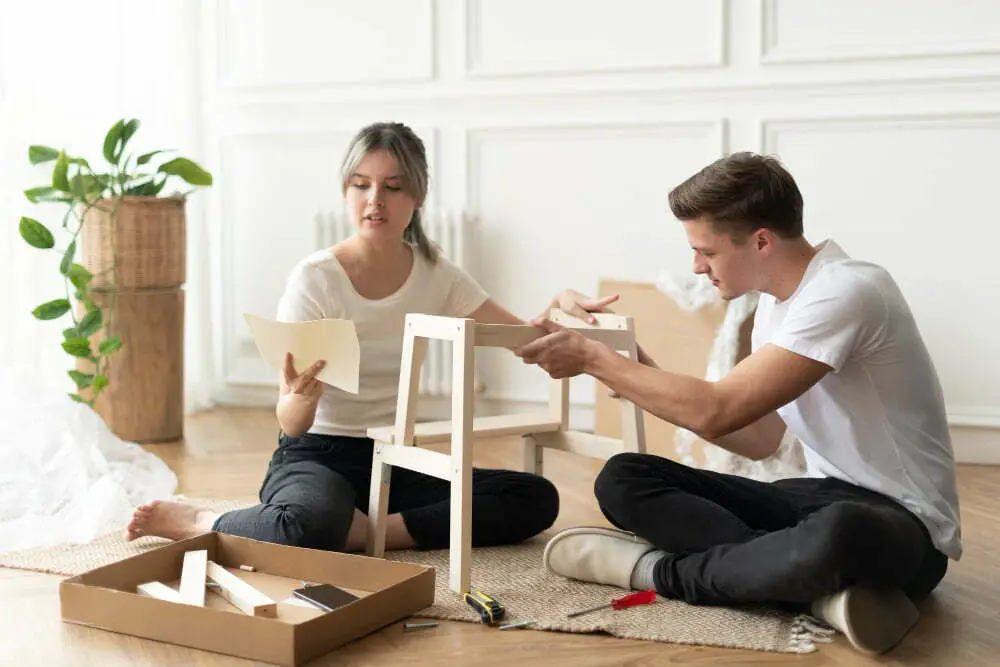
Not only can you save money by making them yourself, but it’s also an opportunity for creativity. Some popular ideas include using repurposed materials such as old pipes or wooden dowels, adding decorative elements like paint or fabric wrapping, or even creating unique shapes with metal wire.
Just be sure to consider the weight and stability of your DIY legs before attaching them to any furniture piece.
One important thing when considering DIY leg ideas is that they should match the style of your existing furniture pieces so that they don’t look out of place in your home decor scheme.
Installation Tips
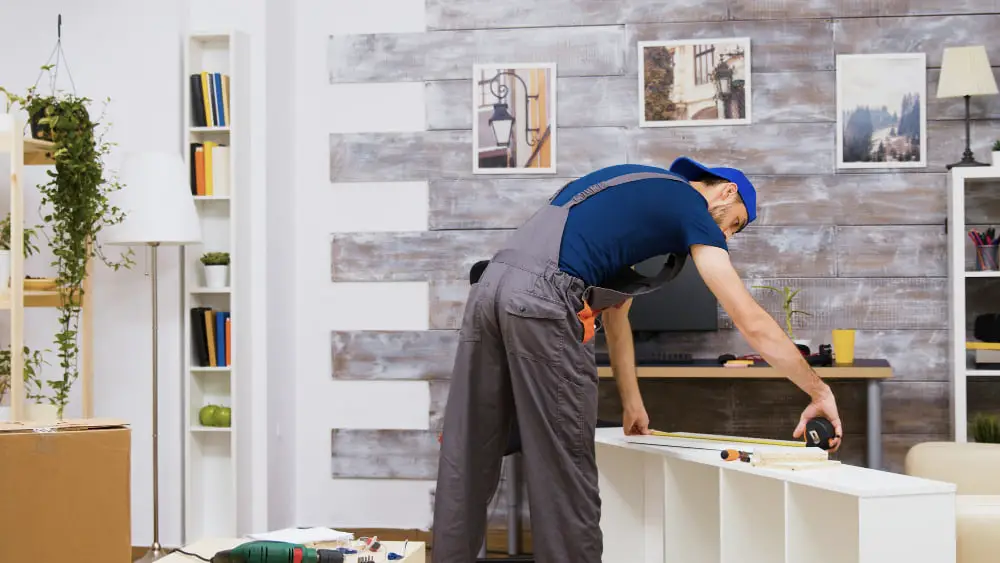
Here are some installation tips to ensure a successful and sturdy attachment:.
- Measure twice: Before drilling any holes, make sure you measure the distance between each leg and mark it with a pencil.
- Use appropriate hardware: Depending on the material of your furniture legs and base, choose screws or bolts that will provide enough support without damaging either surface.
- Pre-drill pilot holes: To prevent splitting or cracking in wooden surfaces, pre-drill small pilot holes before attaching screws or bolts.
- Check for levelness: Once all legs are attached securely, use a level tool to check if they’re even on all sides.
- Add protective pads: To avoid scratches on floors or carpets caused by metal feet rubbing against them over time; add felt pads under each leg bottom.
Protective Accessories
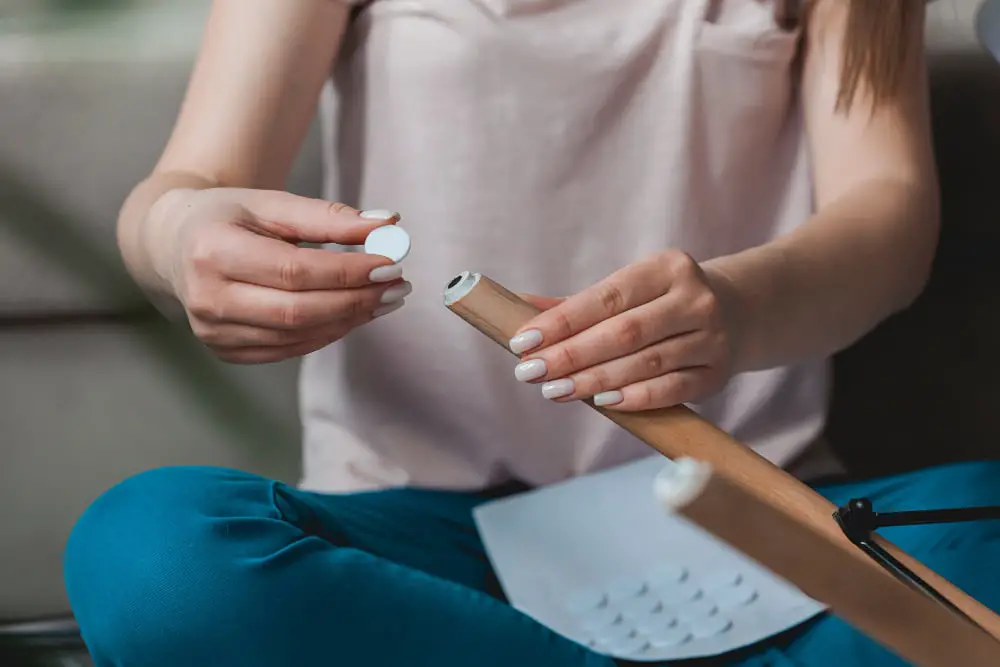
That’s why it’s important to invest in protective accessories that will help prolong the life of your furniture legs. One popular option is felt pads, which can be easily attached to the bottom of wooden or metal legs.
These pads not only protect your floors from scratches but also reduce noise when moving furniture around.
Another useful accessory is leg caps or glides, which provide an extra layer of protection against damage caused by moisture or rough surfaces. Leg caps come in various sizes and shapes, making them suitable for different types of furniture legs.
If you have outdoor furniture with exposed metal legs that are prone to rusting over time due to exposure from rainwater or humidity levels outside then consider investing in plastic leg tips as these will prevent rust formation on those areas where water tends accumulate more frequently than others.
By using these protective accessories for your new stylishly designed table/chair/sofa etc., you’ll ensure their longevity while keeping them looking great!.
